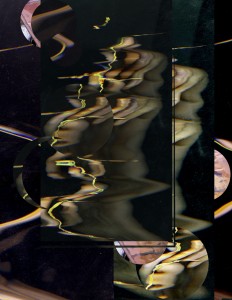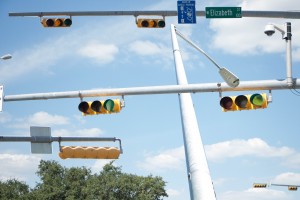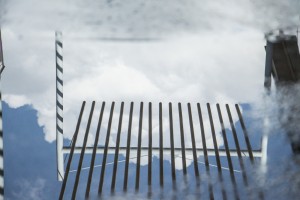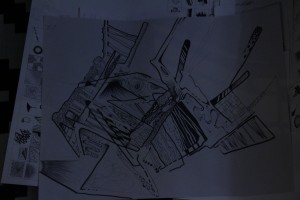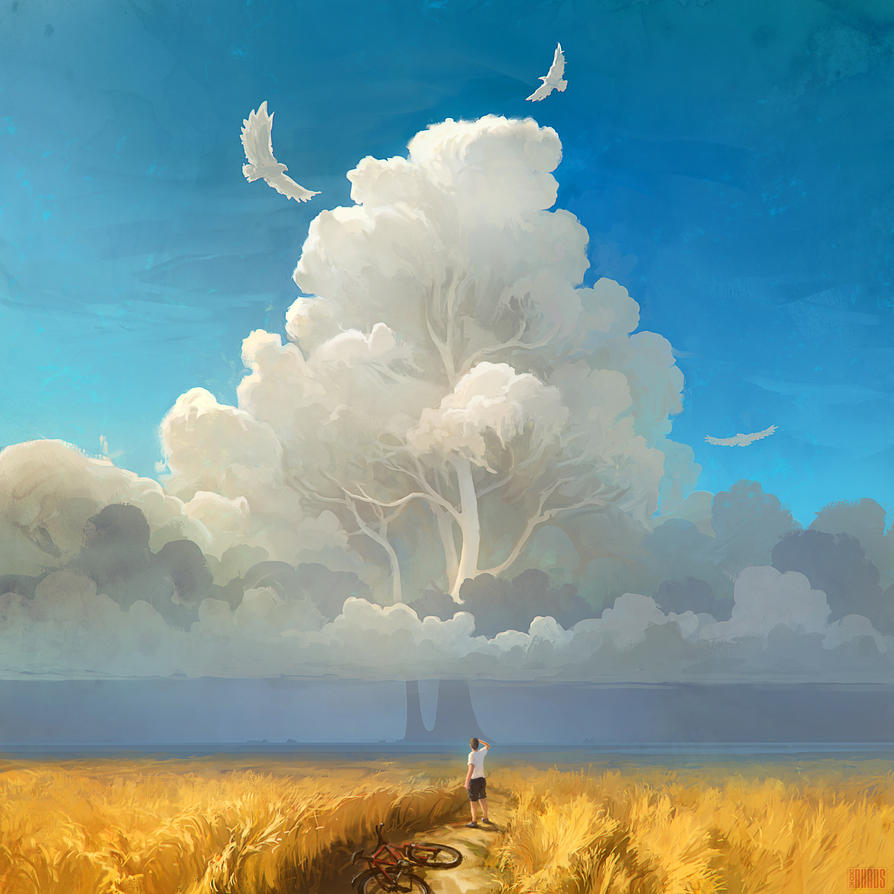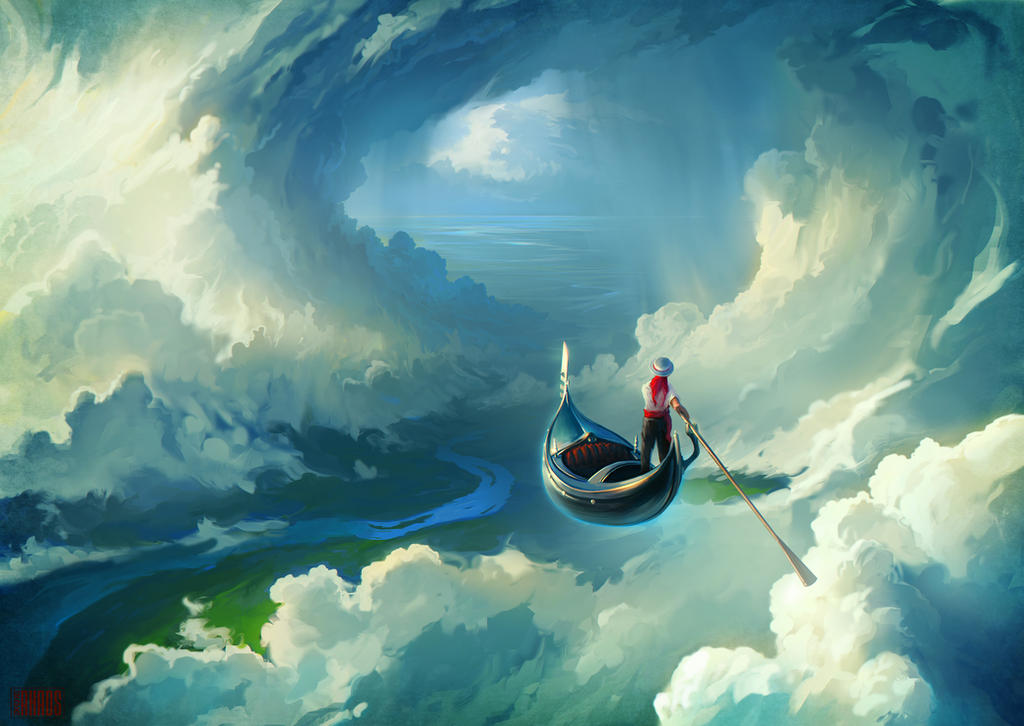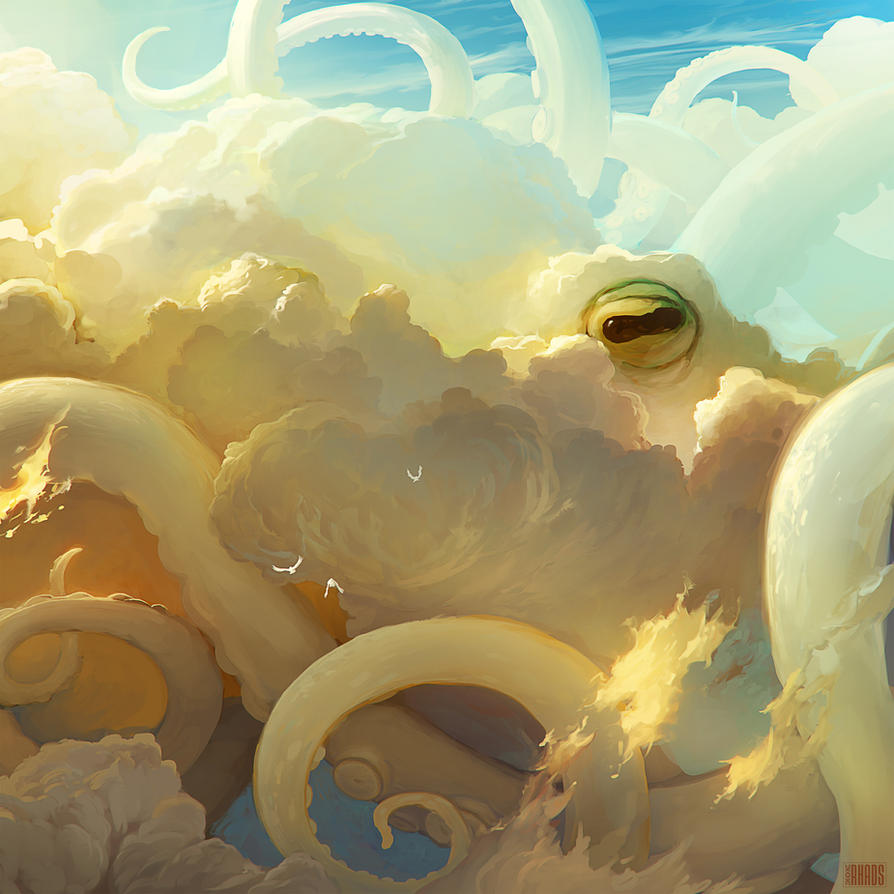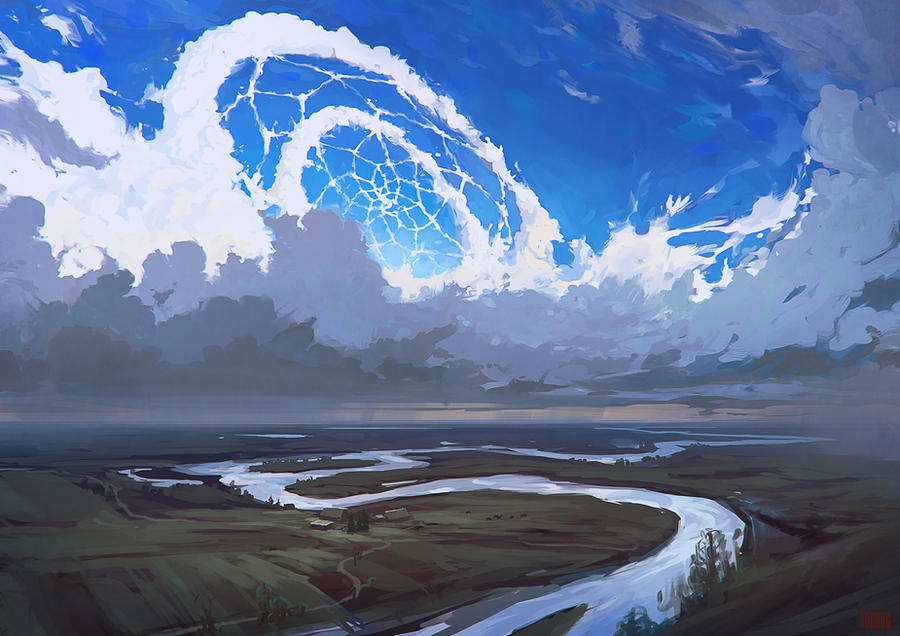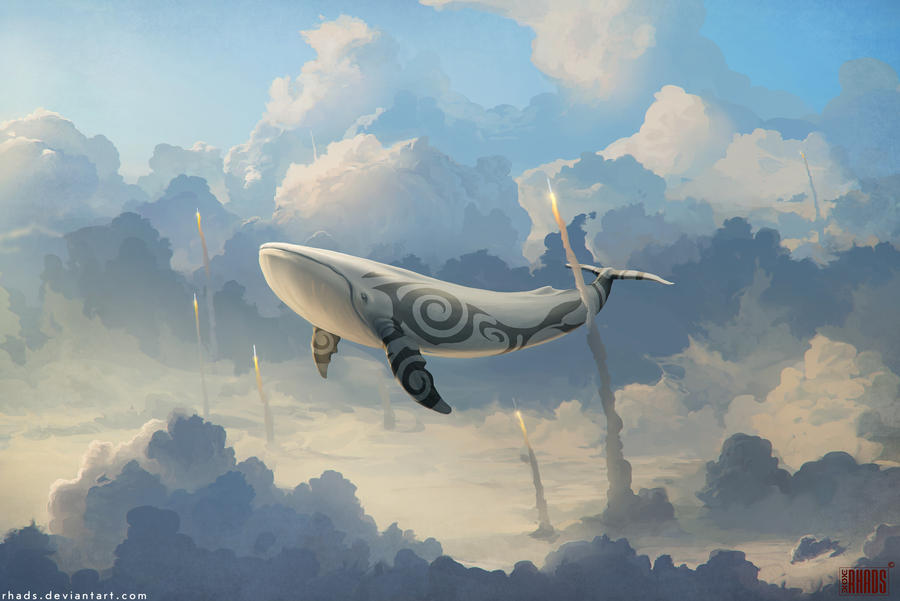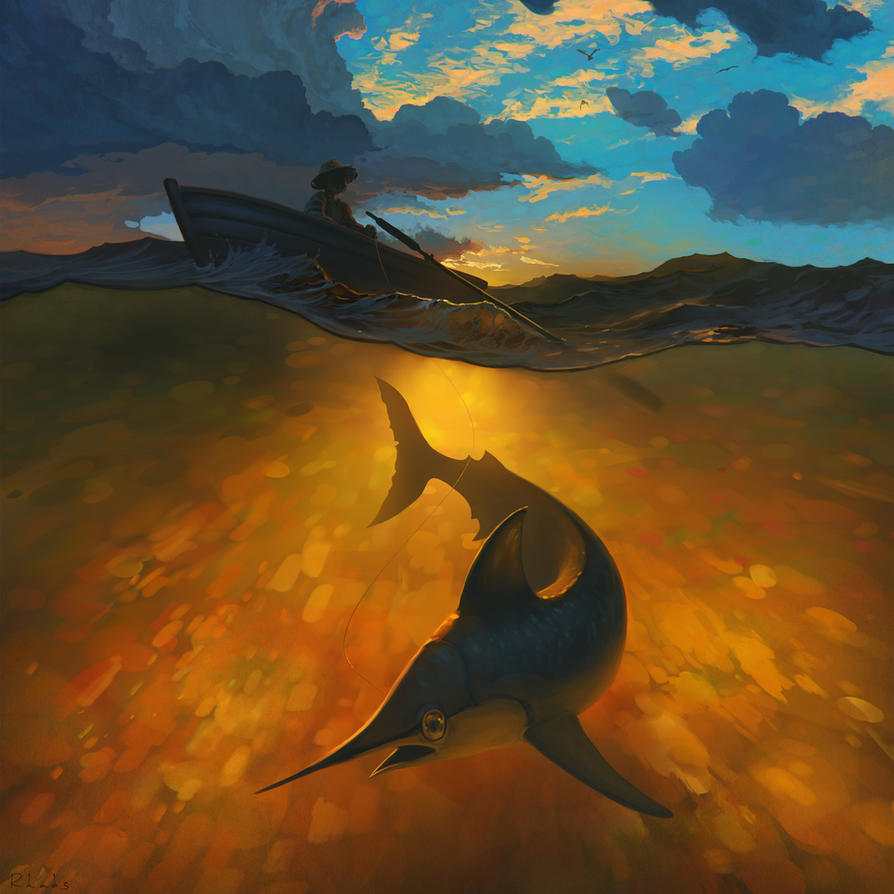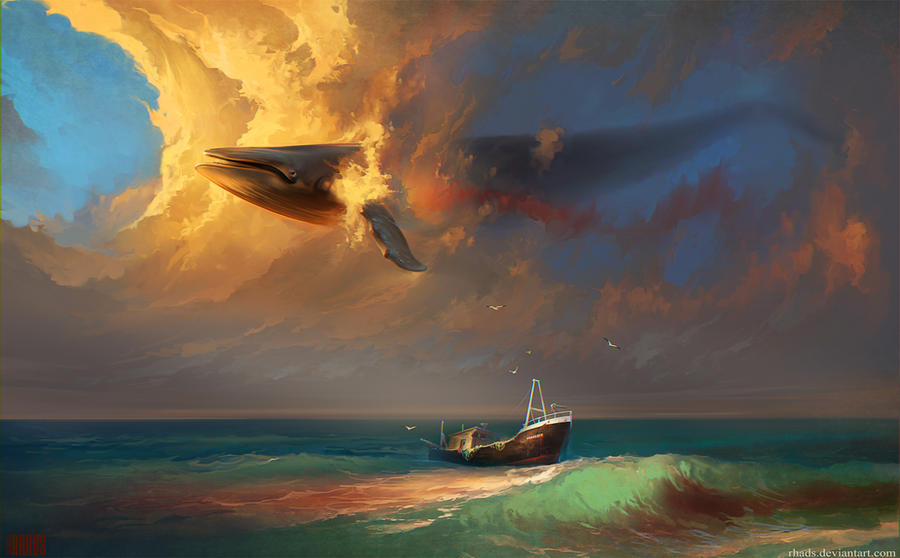Kim Garza was the graphic designer who showed us how her app “Eventurist” evolved from its beginning to its end, as a result of user stories and research that she and her team did to figure out what clients would be looking for in a travel app. She was also working on a personal project called “Till the Clouds Roll By”, and I thought it was really interesting because she decided to make a whole bunch of new footage, and music to go along with this scene in a musical. I’m not sure if the song itself had any emotional value for her, but the whole idea was really cool.
Tammie Rubin(?) worked with the idea of the chimera, a “thing that is hoped or wished for but is, in fact, illusionary”. She began taking all of these objects and turning them into these mystical pieces of ceramic artwork that keeps the viewer wondering about what the object is, since it is made up of recognizable objects, but is not recognizable as a whole. I really liked this idea of putting objects together to give each of the pieces more power than was their previous function, and it kind of makes me want to pursue ceramics, just to see what I could do with it.
Shuren(? I’m not sure what his name was) took a whole bunch of images that all focused on the idea of coincidental accidents. He doesn’t take his time to frame a shot or to put everything up just right; he looks for the random happenstances of everyday life because those single moments are what demonstrate how people choose to live, what they put up with, and how they deal with life. All in all it channels the subconscious humanity in the viewer. I really liked his comparison of his photography to ‘spandrels’ in architecture: something that is always there, but is overlooked because of the ornate arches and domes that the spandrels support as a background figure.
I really liked this course! It gave me a lot of opportunities to look at my own work, get advice from previous graduates in the same field, look at what my teachers are doing, and think about what it is that I want to go into after I graduate. I also really appreciated all of the chances that the alumni gave for students to contact them if they were interested in an internship.

